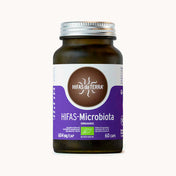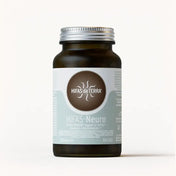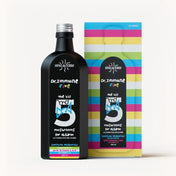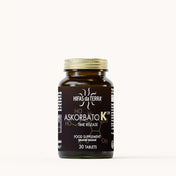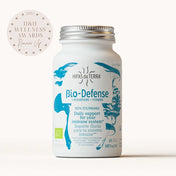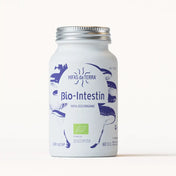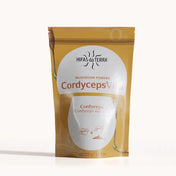What is an autoimmune disease?
 One of the cardinal properties of the immune system is the ability to discriminate between their own and strange antigens. This discriminatory capacity is essential to create the situation called immune tolerance; Lack of response from the immune system to antigenic stimulation. The need to maintain tolerance in the face of their own antigens is called autotolerance. The loss of autotolerance results in innmune reactions against oneself, or autologous antigens. These reactions are called autoimmunity, and diseases that produce autoimmune diseases. In all individuals there is the possibility that there is autoimmunity, since tolerance in front of their own antigens is a process that acts actively or that is learned, instead of being an inherited property.
One of the cardinal properties of the immune system is the ability to discriminate between their own and strange antigens. This discriminatory capacity is essential to create the situation called immune tolerance; Lack of response from the immune system to antigenic stimulation. The need to maintain tolerance in the face of their own antigens is called autotolerance. The loss of autotolerance results in innmune reactions against oneself, or autologous antigens. These reactions are called autoimmunity, and diseases that produce autoimmune diseases. In all individuals there is the possibility that there is autoimmunity, since tolerance in front of their own antigens is a process that acts actively or that is learned, instead of being an inherited property.
Treatment of autoimmune pathologies
The treatment to deal with an autoimmune pathology must cover different fields. One of the main objectives is to control the immune imbalance that results in the autoimmune process, maintaining the body's ability to combat the disease. The direct treatment of autoimmune pathology must be completed with a treatment aimed at avoiding or reducing the symptoms caused by the immune reaction towards our body.
Mycotherapy in autoimmune pathologies
The main and fundamental step before an autoimmune pathology is to modulate the immune response. The immunomodulating capacity of fungi mainly of the polysaccharide fraction of these has been scientifically evidenced in countless publications.
 The polysaccharide fraction contributes to key immunological processes such as the antigen presentation process by activating the function of antigens presenting cells and the mononuclear phagocytic system. It is an authentic modulator of the humoral and cellular immune response. In recent years, a large number of revisions have been published where intracellular waterfalls, target molecules are detailed, as well as possible receptors involved in these immunomodulatory mechanisms attributable to the polysaccharide fraction of fungi, mainly β-glucans. (Lin Zb et al, 2005)
The polysaccharide fraction contributes to key immunological processes such as the antigen presentation process by activating the function of antigens presenting cells and the mononuclear phagocytic system. It is an authentic modulator of the humoral and cellular immune response. In recent years, a large number of revisions have been published where intracellular waterfalls, target molecules are detailed, as well as possible receptors involved in these immunomodulatory mechanisms attributable to the polysaccharide fraction of fungi, mainly β-glucans. (Lin Zb et al, 2005)
While it is true that a large majority of publications have highlighted the immunoactivating capacity of different fungus groups have focused their work on clarifying the mechanism by which fungal extracts could act as immunosuppressive agents as immunosuppressur Cell cycle and can contribute to autoimmune diseases (Kuo YC et al, 2002)
Although each of the autoimmune pathologies has its own specific protocol in general of the requirement to meet the medical and paramedical need regarding the problems linked to the immune system is born immuno-HDT. Which is a mixture of six pure extracts of fungal species directed towards the modulation of the immune response



